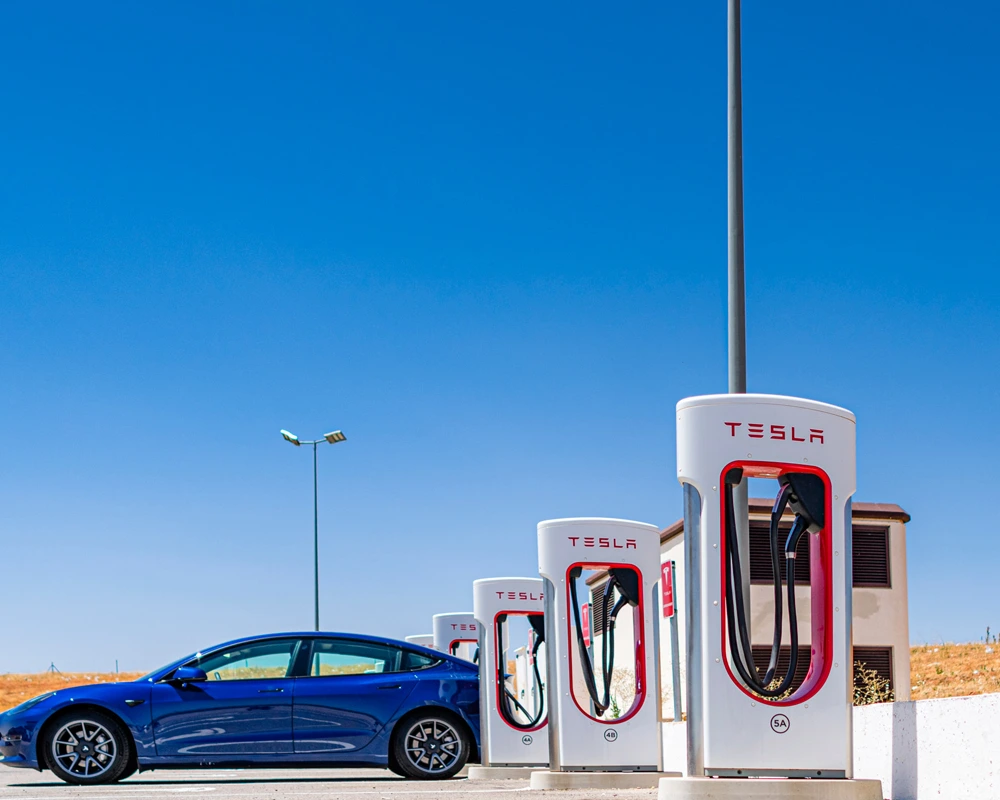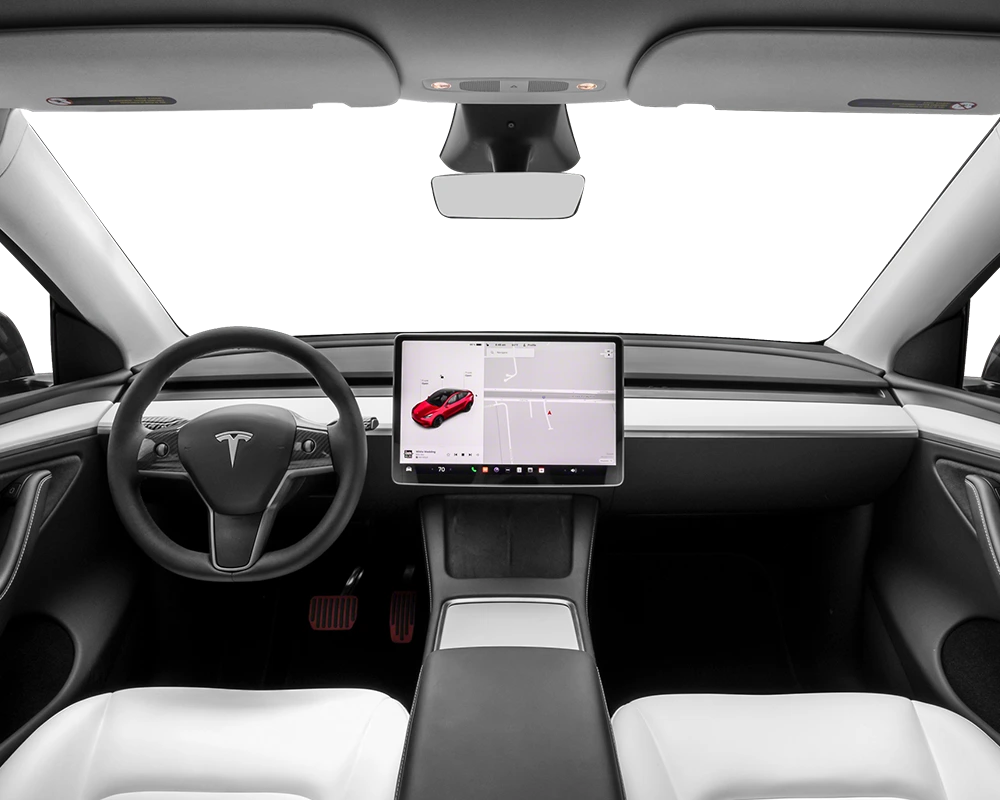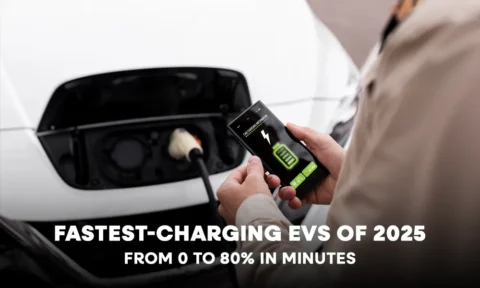When considering the Tesla Model Y vs Hyundai Ioniq 5, most blogs default to specs.
But what about real value?
Price aside, value is about what you get for your money, especially in day-to-day life.
I lean toward the Ioniq 5. Not because Tesla is bad—far from it.
But the Ioniq 5 consistently delivers more comfort, versatility, and peace of mind—and that translates into better value.
Let’s break down why, with real comparisons, owner insights, and clear opinion.
What ‘Better Value’ Means Here
- Upfront cost vs features
- Charging flexibility & cost
- Range realism vs EPA claims
- Comfort, usability & ride quality
- Ownership costs & warranty
- Brand experience & ecosystem
1. Price vs Features & Specs
It’s close on paper.
A base Ioniq 5 starts around $44,000, while a comparable Tesla Model Y Long Range is about $50,600.
That’s a substantial gap. But in return, Hyundai gives you:
- CCS and NACS charging compatibility
- Wireless Apple CarPlay & Android Auto support — Tesla still doesn’t
- V2L (vehicle-to-load) power output for camping or emergency tools
- 10-year / 100,000-mile battery warranty, compared to Tesla’s typical 8-year
That extra comfort and flexibility make the initial cost difference feel worth it—especially if your budget matters.
Are there any features or tech that make the Ioniq 5 worth paying more upfront compared to a base Model Y?
Yes. Beyond range and performance, the Ioniq 5 offers vehicle-to-load (V2L) power, true wireless CarPlay/Android Auto, and a flexible interior layout—none of which the base Model Y includes.
These perks translate into real convenience, whether you’re tailgating, camping, or just taking the daily commute.
In practical terms, the Ioniq 5 gives you everyday usefulness that exceeds the Tesla’s minimalist suite.
2. Charging Flexibility & Speed

Tesla’s Supercharger network is powerful.
But in 2025, most Hyundai Ioniq 5s charge at Superchargers too, thanks to NACS ports.
Plus, Ioniq 5 supports CCS, giving broader charging compatibility—important if you travel through areas without Superchargers.
Charging speed?
Ioniq 5 wins or ties, depending on trim:
- Tesla adds ~169 miles in 15 minutes
- Ioniq 5 adds ~178 miles in 15 minutes
That extra juice per minute matters on the road.
How does Tesla’s Supercharger network vs. Hyundai’s combined CCS/NACS compatibility impact long-distance travel value?
Tesla’s Supercharger network remains unmatched in consistency and coverage, especially across the U.S. and parts of Europe.
The Ioniq 5’s dual CCS + NACS ports now offer access to Superchargers and a wider ecosystem of public chargers.
While Tesla still leads on reliability, the Ioniq 5 catches up fast—and where Superchargers are scarce, this flexibility pays off in value, avoiding range anxiety and travel delays.
3. Real-World Range vs EPA Claims

Here’s where the Tesla Model Y vs Hyundai Ioniq 5 plays out:
- Tesla Model Y Long Range: 327 miles EPA, matched in real-world tests
- Ioniq 5 Long Range AWD: 269 EPA, but 282 miles logged by Edmunds
User feedback backs this up:
- Ioniq 5 often meets or exceeds EPA
- Model Y frequently drops 10–20% below EPA in real life
More realistic range makes Ioniq 5 feel more dependable—and that’s valuable.
4. Cabin Comfort & Usability


Tesla’s minimalist interior is slick.
But ask someone using it every day—they may want physical buttons or smartphone integration.
Hyundai counters with:
- Dual 12.3” screens + intuitive physical controls
- Wireless CarPlay and Android Auto—Tesla still lacks these
- V2L outlet, movable console, and versatile cabin layout
An Ioniq 5 owner who switched from Tesla said the fit, finish, and noise insulation felt noticeably better out of the gate.
There’s a sense of tangible quality in Hyundai’s cabin that matters on daily commutes.
What real-world cargo and rear-seat space trade-offs exist between the Model Y’s hatchback and the Ioniq 5’s more coupe-like layout?
The Model Y’s crossover build means more vertical cargo space and a flatter loading floor, making it easier to haul bigger items.
The Ioniq 5, with its hatchback slant, still offers generous space, but items taller than a few feet may not fit upright.
However, Hyundai’s Magic Cargo System offers a clever wheel-well storage bin, and the front trunk adds usable space.
So, while Tesla has the edge in max volume, the Ioniq 5 remains highly functional.
5. Ownership Costs & Warranty
Tesla updates via OTA and even fixes minor issues—but parts and service can be hit-or-miss depending on location.
Hyundai offers:
- 10-year / 100k-mile battery warranty
- 5-year / 60k-mile bumper-to-bumper coverage
- Less code-based feature bloat—simpler and reliable
- Lower repair costs and wider dealer network
Value isn’t just the buy price—it’s what you pay over five years too.
Here, the Tesla Model Y vs Hyundai Ioniq 5 decision favors the Ioniq 5 easily.
How do insurance and registration costs for the Model Y and Ioniq 5 compare over a five-year ownership period?
Insurance premiums on the Model Y tend to be higher—around 10–15% more—due to its higher repair cost and perceived “premium” EV status.
Registration fees can also be higher, depending on local EV incentives and tiered value systems.
Ioniq 5 owners report lower overall ownership costs, helped by Hyundai’s longer warranty and more affordable parts.
Over five years, these savings can easily offset the initial incremental cost.
6. Ecosystem & Brand
Tesla dominates the brand halo.
But lately, owner loyalty is softening—some even sold their Teslas due to leadership controversies.
Hyundai, meanwhile, is building trust with fewer surprises, transparency, and tangible features.
The Ioniq 5 hits a sweet spot: tech-forward but built on reliability.
For lease vs purchase decisions, does the Ioniq 5’s warranty and incentives make it more affordable than leasing a Model Y long term?
Yes. Hyundai’s warranty—10-year/100k-mile for the battery, plus 5-years comprehensive—provides a comfort level that often beats Tesla’s perks in lease early years.
Kia and Hyundai also offer incentives and lease deals more tailored toward affordability.
If your priority is long-term ownership with minimal out-of-pocket risk, the Ioniq 5 stands out as a smarter value choice, not just short-term, price-wise but also reliability-wise.
Final Verdict: Ioniq 5 Takes The Win

In the Tesla Model Y vs Hyundai Ioniq 5 debate, both are excellent EVs.
But if you ask me, the Ioniq 5 delivers better value.
- Similar real-world range
- Better charging flexibility
- Richer standard tech and convenience
- Stronger warranties and cost peace of mind
- Lower ownership costs over time
For value-conscious, daily use buyers in 2025, Hyundai Ioniq 5 makes more sense by a clear margin.So yes, lean into the Ioniq 5—you won’t be missing much, and you’ll save a lot.







